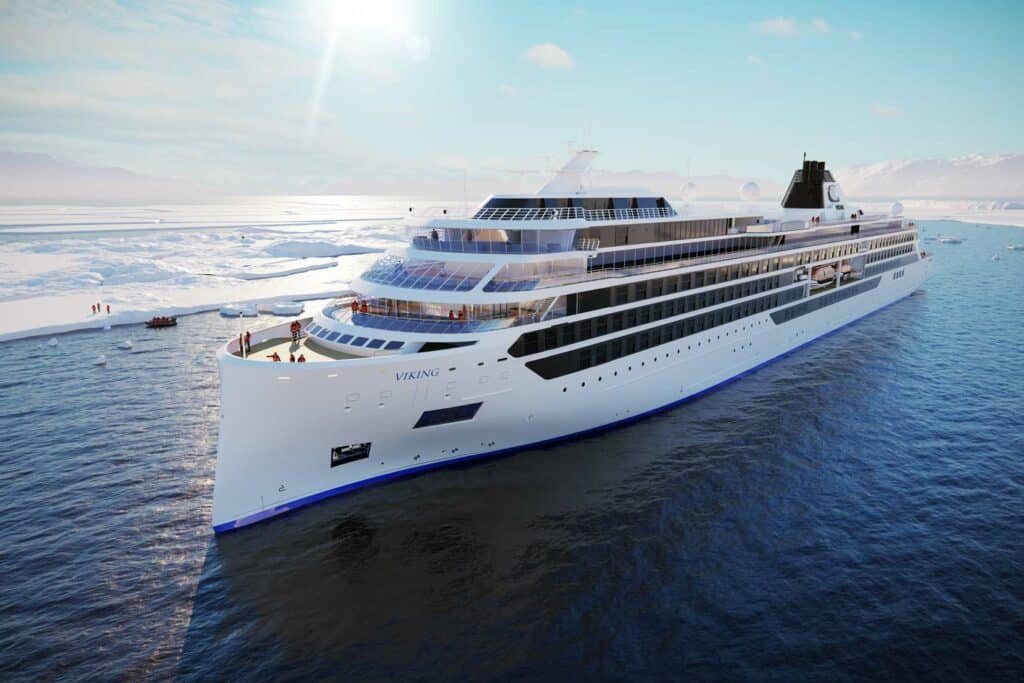
The Cruise Lines International Association is the largest trade association in the cruise industry. It holds more than 90 per cent of global ocean-going capacity. CLIA works in partnership with its member lines for the safety and health of the maritime environment. CLIA member companies are leaders in responsible tourism and committed to providing the best holiday possible for travelers.
Members include travel agents and cruise lines from all corners of the globe, as well suppliers, ports, destinations, ports, and suppliers. They provide services to approximately 30 million passengers annually. They are also involved in research, marketing communications, training, as well as training to keep passengers informed about cruising.
CLIA serves as a trade association worldwide, providing its members the tools and support they need. CLIA's executive team and strong membership network allow the organization to be the voice of the industry.
Despite facing many challenges, the cruise industry remains one of most economically vital ports. It provides support for nearly half a million American workers and contributes $55billion to the US economy. This is an economic resource that continues to drive port communities throughout the world.

Technology and advanced ventilation systems have been a major investment by cruise lines. They have also eliminated high-touch surfaces. As an example, waiters are no longer required to serve buffets. Additionally, pre-cruise testing is now required for all ships. Many shipowners have established health protocols to ensure their passengers' safety.
The government did not provide clarity to the cruise industry in the wake of Hurricane Maria. However, CLIA led an aggressive campaign that took a stand and gave the industry a clear message. CLIA issued a call for action to its members, urging them to take immediate action. They were able to send Congress more than 155,000 letters thanks to the support and cooperation of their community.
The CLIA has released the CLIA global cruise industry environmental technologies and practices inventory to further its mission. This report provides a detailed analysis of the cruise ship environment, and highlights how the industry is making progress toward a more sustainable future.
CLIA's latest report was published after ocean-going members made a new commitment that they would become net carbon neutral by 2050. All 16 new cruise ships will be equipped with Advanced Wastewater Treatment Systems, and 81 percent of the industry's capacity will be fitted with these technologies.
CLIA partners with more than 16,000 North American travel agencies. CLIA's educational programs offer travel agents information about cruising trends including safety and security. When a new organization joins the CLIA membership, they receive an email alert.

CLIA members have the experience and resources to make your cruise experience as enjoyable as possible. Their membership includes world-class cruise lines, ports and destinations, suppliers and travel agents.
CLIA's goal, and the education of the public about cruising trends, is to provide top-quality cruise services. In order to protect the industry, and its passengers, the organization closely collaborates with the US Department of Commerce.
FAQ
Do you have any additional information I should know before I take a cruise or go on one?
You should know many things before going on your first cruise. First, you should remember that you will be traveling alongside other people. You never know what they think about things so don't be too critical. You will be sharing your meals with strangers. You should dress appropriately. Avoid wearing shorts and tank tops while on deck. Wear comfortable clothing that you won't have to worry about getting dirty. Prepare for extreme temperatures. Sunscreens are essential. Bring a hat, sunglasses, and a light jacket just in case you have to spend some time outside. Don't forget to take responsibility for your safety. Don't drink-drive!
Where do cruises get started?
Miami, Florida is the main destination for cruise vacations. Cruises depart from this city because it has both international airports and ports. These two locations allow passengers to explore the rest of South America and Europe.
Is there anything negative about cruising?
Consider these things when weighing the pros and disadvantages of cruising. Some people don't like spending their entire vacation on boats. Others may prefer to stay near shore or in hotels. Others might feel uncomfortable leaving land for such a long time. These worries can be easily overcome by taking a cruise that leaves you plenty of time to ashore.
Statistics
- If you're traveling alone, you may also need to factor in a single supplement, adding up to as much as 100% of the cruise fare. (travel.usnews.com)
- For an example of savings, Royal Caribbean offers up to a 40% discount with a dining package. (travel.usnews.com)
- You can save 15% off the total price if you book in advance of your trip. (travel.usnews.com)
- The line estimates savings of 50% when you purchase this bundle. (travel.usnews.com)
External Links
How To
How to avoid seasickness while on cruise
The best way to avoid seasickness on a cruise is by wearing a hat. A wide-brimmed hat helps prevent motion sickness by keeping the head from moving too much.
Also, a hat helps keep water off your face, which reduces the humidity. This allows people who are prone to dizziness from inhaling moist air to breathe more easily.
Another tip is to drink lots of fluids. Avoid alcohol or caffeine. These drinks dehydrate the body and make it harder for fluids to move around the stomach. Salt levels can be decreased by drinking enough liquids. Salt causes the body and kidneys to retain water. This can lead to nausea.
Try eating salty foods if you feel nauseated. Salty foods cause the stomach to produce more hydrochloric acid, which helps break down food particles in the digestive system.
If none of these tips work, there are medications you can take to relieve seasickness. Side effects may include dry mouth or constipation, blurred eyes, headaches, dry mouth, dry eye, dry nose, dry mouth, dry stomach, dry mouth, dry vision, dry cough, and dry eyes.